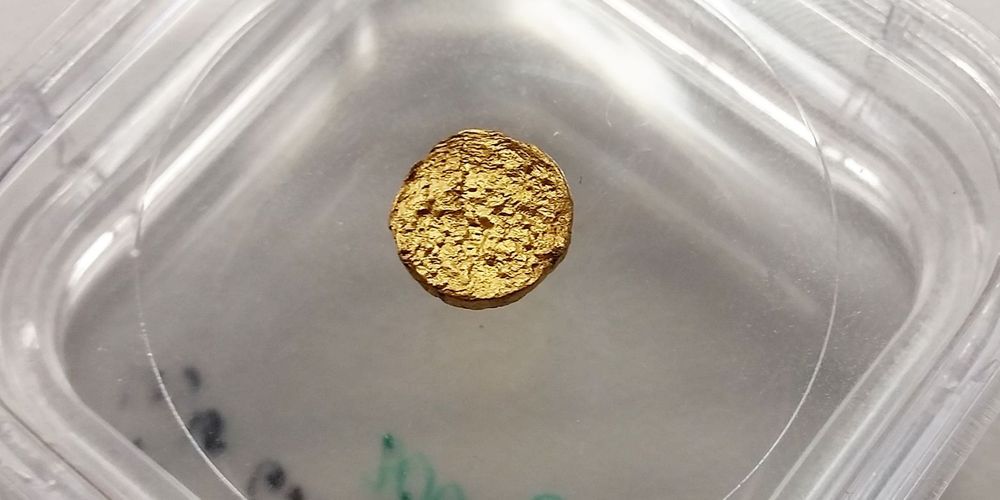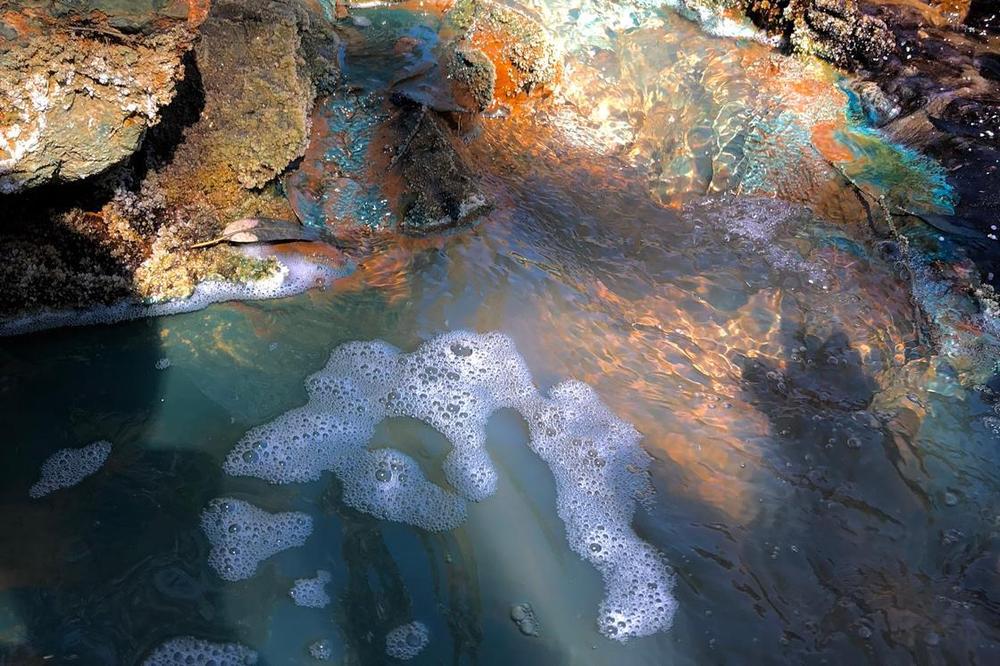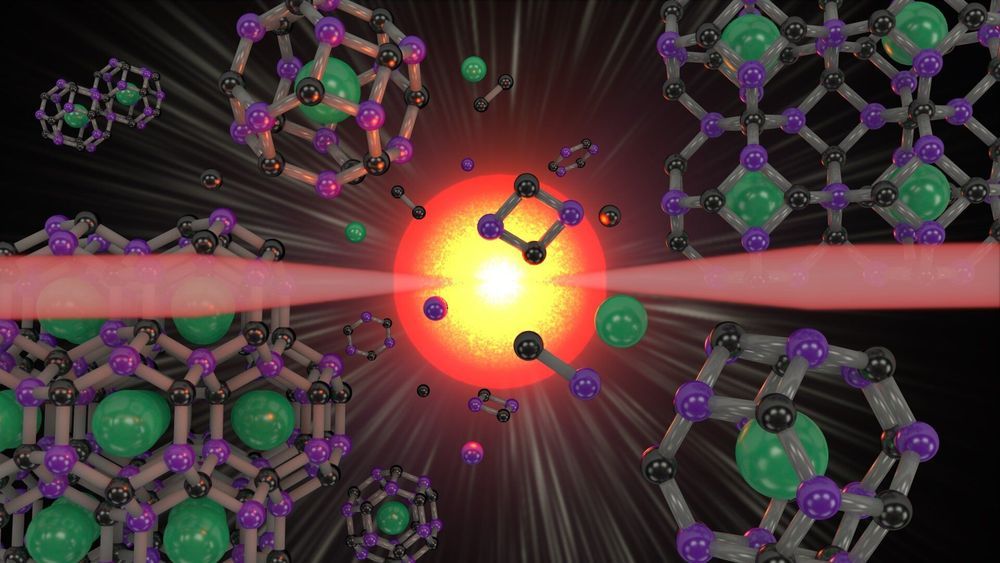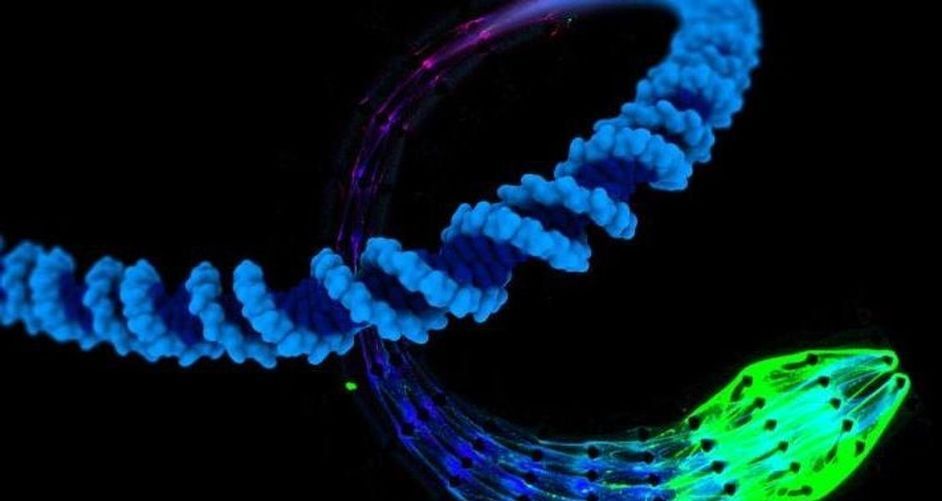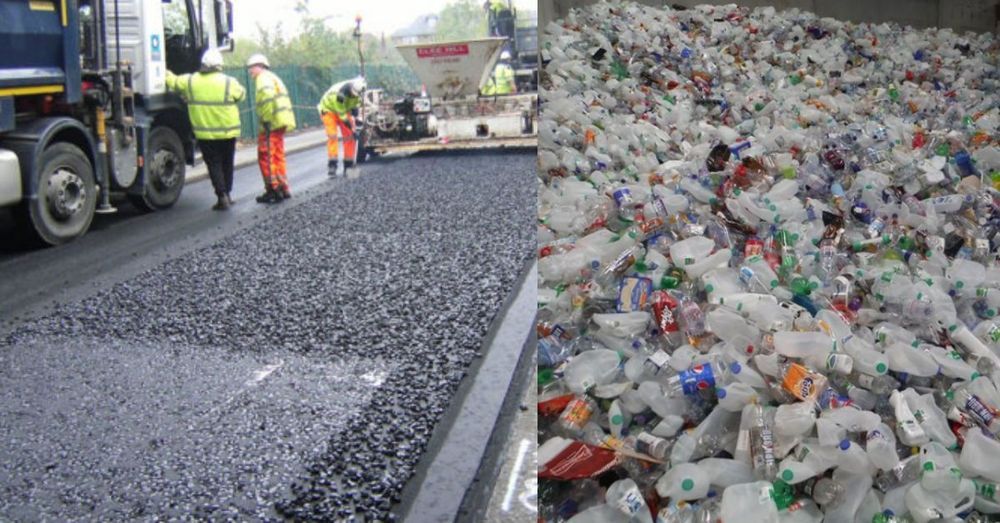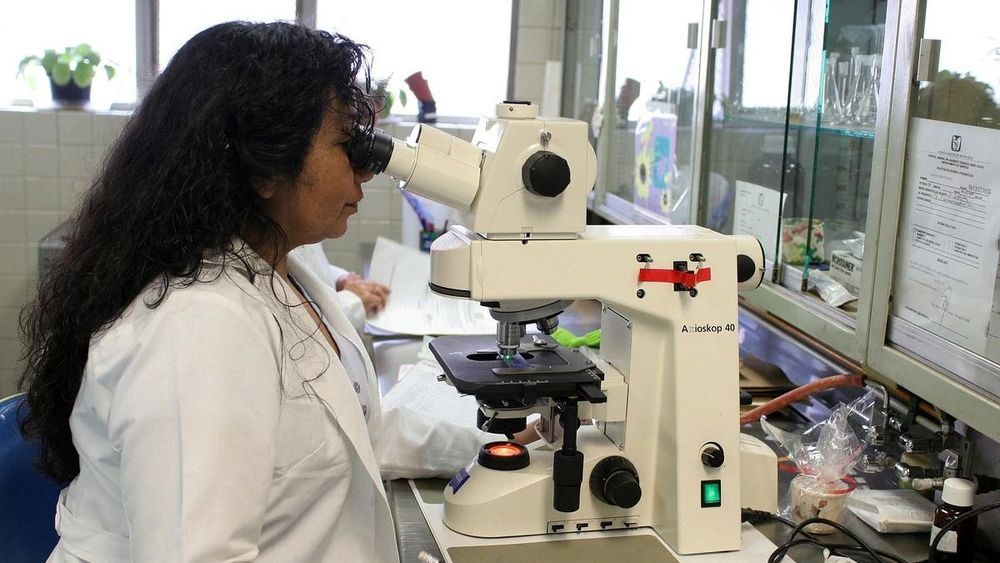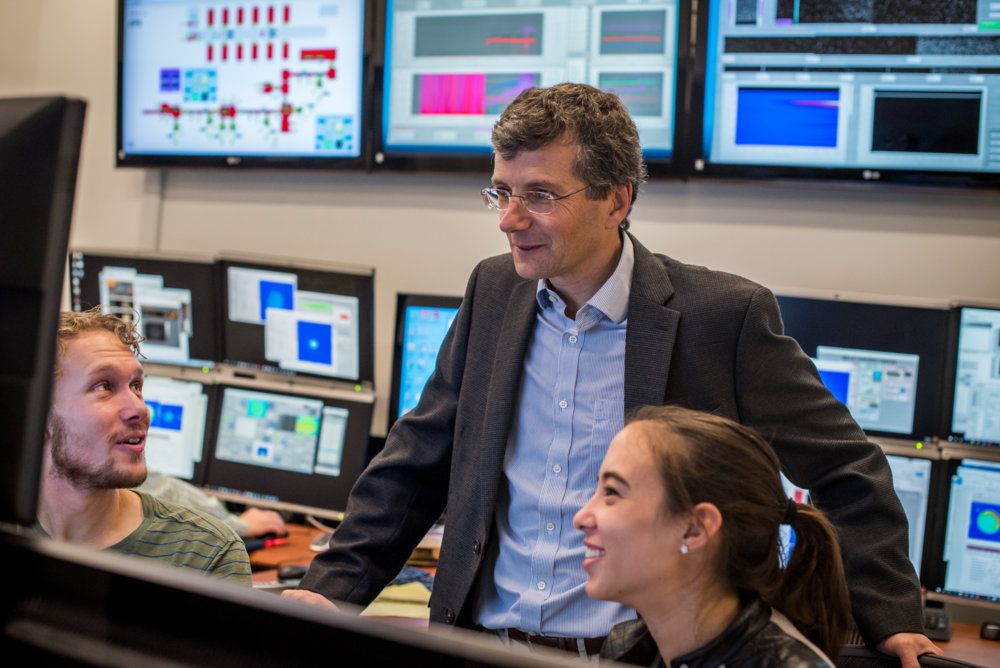Jan 13, 2020
Influential electrons? Physicists uncover a quantum relationship
Posted by Saúl Morales Rodriguéz in categories: materials, quantum physics
A team of physicists has mapped how electron energies vary from region to region in a particular quantum state with unprecedented clarity. This understanding reveals an underlying mechanism by which electrons influence one another, termed quantum “hybridization,” that had been invisible in previous experiments.
The findings, the work of scientists at New York University, the Lawrence Berkeley National Laboratory, Rutgers University, and MIT, are reported in the journal Nature Physics.
“This sort of relationship is essential to understanding a quantum electron system—and the foundation of all movement—but had often been studied from a theoretical standpoint and not thought of as observable through experiments,” explains Andrew Wray, an assistant professor in NYU’s Department of Physics and one of the paper’s co-authors. “Remarkably, this work reveals a diversity of energetic environments inside the same material, allowing for comparisons that let us spot how electrons shift between states.”

